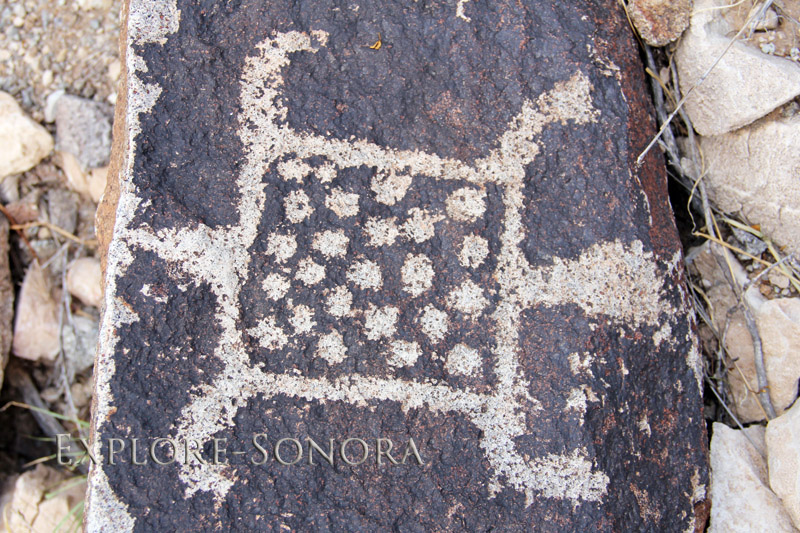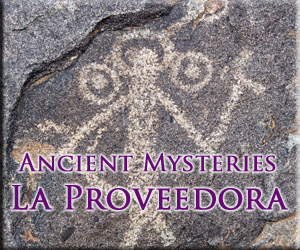Eco-Tourism in Sonora, Mexico
Sonora has a variety of fragile ecosystems, and the Sonoran state government is taking steps to preserve its natural resources. As part of its efforts, the State of Sonora has set aside critical environmental lands for preservation, offering a broad diversity of ecosystems, flora and fauna to see and explore.
Click here to see information about Sonora Eco-Tourism Organizations
CEDO – Intercultural Center for the Study of Deserts and Oceans
CEDO is a non-profit organization located on the Sea of Cortez near Puerto Peñasco. Its stated goals are to “explore, understand, and protect the natural resources and cultures of the Sonoran Desert and Sea of Cortez.” Their mission is to bring knowledge, people and solutions together to support resilient ecosystems and communities in the Sea of Cortez, Northern Sonora “and beyond.”
Among other activities, the organization offers “NaturArte EcoTours” in areas near where it is located:
Discover Life in the Tidepools
San Jorge Island Boating, Birding & Snorkeling
Pinacate Biosphere Reserve Adventure
Oyster Farming Experience
Exploring the Sea of Sand
Birdwatching & Nature Walk in Morua Estuary
Kayaking in Morua Estuary
More information about NaturArte EcoTours.
Rancho Puerto Blanco – Caborca
Rancho Puerto Blanco has the greatest concentration of petroglyphs in Latin America, with more than 6,000 of the ancient rock-art carvings. The ranch covers 3600 acres (1450 hectares) of pristine Sonoran desert, through which passes a riverbed where generations of humans and animals lived for thousands of years. The petroglyphs are concentrated on two hills, La Proveedora and San Jose, and are fascinating. The ranch offers a variety of activities, from hiking and mountain biking to guided tours. To learn more, visit their website.
Upper Gulf of California and Colorado River Delta Biosphere Reserve – Alto Golfo y Delta
This 2.3 million-acre preserve is located at the northern end of the Sea of Cortez, and includes the Colorado River Delta and the California Upper Gulf. In addition to its natural abundance, the area is home to more than 70 species of terrestrial and marine animals.
More information
El Pinacate Biosphere Reserve
This fabulous volcanic basin is located in Northern Sonora, in the Altar desert north of Rocky Point. It is similar to a moon crater, and was used by astronauts for training prior to NASA lunar missions. El Pinacate consists of 1.9 million acres of reserve, and is divided into two sections, one for the enjoyment of tourists, and the other as a carefully preserved natural area.
More information
San Jorge Bay
This pristine coastal area features almost 100 miles of unspoiled beaches. Located between Desemboque and Rocky Point, it is a popular area for watching birds and other animal species unique to the area. The topography also includes rocky hills by the beaches, adding to its feeling of seclusion.
Arroyo – Mesa del Campanero
Located in the southeastern corner of Sonora in the municipality of Yecora, this preserve features a 103,000-acre micro-ecosystem formed by the convergence of major desert and tropical ecosystems. It includes a mountain range, and the Yaqui and Mayo Rivers. Tourism activities include bird watching and mountain biking.
Cuchujaqui
The Cuchujaqui preserve is 227,000 acres of tropical ecosystem located in the Sierra of Alamos in southern Sonora. It offers a variety of vegetation and animals, from venomous snakes to hundreds of species of birds.
Ecoturismo Tehuelibampo
The Eco-Museum at Tehuelibampo, Sonora is a center for education about the history and culture of the Yoreme Mayo people of Southern Sonora. Located not far from the city of Navojoa, it features beautiful murals and wall paintings, and a nature hike through a rillito lined with ancient rock art. Click here for more information.
La Pintada
Located in the Cerro Prieto Canyons area approximately 45 miles south of Hermosillo (off of Mexico Highway 15), this park features thousands of cave paintings. The artwork was done in the 1700’s by native peoples who may have been hiding from Spanish invaders in the area’s caves.


